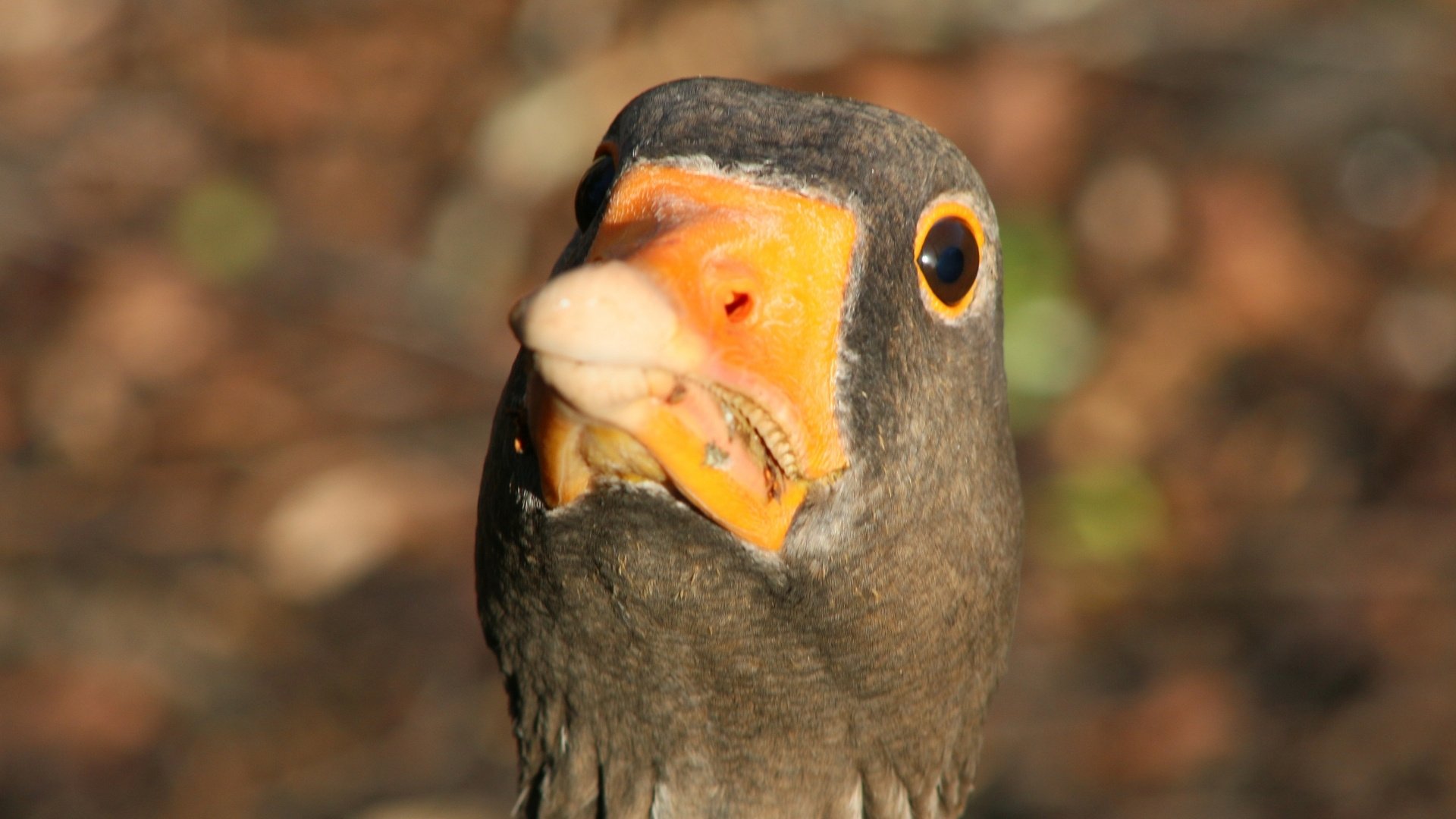Species Spotlight: Greylag Goose
Species spotlight:
The real OG’s (original Geese), Greylag Geese, are the ancestors of European domestic Geese, but these birds are still very much wild. Read on to find out more.
Names & Nicknames: Greylag Goose, Graylag Goose, Greylag
Size: At 76-89cm in length, they are kind of like a medium-sized dog, if a medium-sized dog had wings as wide as a human is tall.
Communication: Greylag Geese are highly social and right chatterboxes, communicating with a range of signature geese ‘honks’. They especially honk while approaching or leaving a flock, called distance calls. These honks can vary depending on the Goose's age, sex, and age, and geese can individually recognise other Geese from their honks.
Favourite Hangout: Our feathered friends love honking around in freshwater and wetland habitats, including farmlands, grasslands, and parks. They especially love areas with short, cropped grass, perfect for munching on.
Favourite Snack: Mainly herbivores, meaning they prefer to munch on tasty greens like grass and leaves. However, they may occasionally have a cheat meal and snaffle up some tasty fish or a cheeky insect.
Eating Habits: Greylag Geese will graze much like a cow or sheep does on grass, roots, and seeds. They can often be seen in small flocks grazing in pastures and meadows, though in the later part of the year, they'll shift away from so much grass and start eating more leafy plants.
Toilet Humour: Like a lot of animals that chow through vegetation, Greylag Geese produce a LOT of ‘waste’. Though next time you find some, you can play the fun little game of trying to figure out what they were eating based on colour and consistency, so that's fun!
Love Language: Greylag Geese are lifelong lovers, enjoying elaborate courtship rituals with synchronised dancing, grooming, and ‘triumph-calling’ displays. How romantic! A male Greylag Goose will even show off to his partner through feats of strength, such as chasing off rivals. What a man.
If you see them: Many people might like to feed birds like geese, although well-intentioned, it's often better to leave the birds to their own food, such as yummy grass for Greylag Geese; other foods might interrupt their digestion and feeding them might disrupt their natural feeding behaviours.
Red Flags: Greylag Geese are doing well, luckily, and are listed as of least concern by the IUCN. However, like so many species, there are still several red flags they might face, such as hunting, habitat loss, water pollution, conflict with farmers, disease, and climate change
Epic Journeys: Greylag Geese can be found living and breeding in They breed in Iceland, northern and central Europe, and across Asia. However, when it starts to get a bit chilly, they prefer to fly south for their holidays to soak up the sun in areas across Europe, Asia, and even into North Africa.
Glow-up: Baby geese (called goslings) don't hang around. As soon as they hatch, they can walk and swim, making them some of the youngest biathletes. They'll start following their parents around wherever they go. And they grow up so fast, getting their adult feathers in the first few weeks and being able to fly at around 9 weeks old.
Facts: Greylag Geese don’t just have individual calls (see communication section), but they all have individual faces so that they can recognise each other, and even when shown photographs of other Greylag Geese, they reacted differently depending on which Goose they saw.
Who are they in the friendship group: Confident, loyal, social, and always chatting.
Name:
Greylag Goose
Habitat:
A variety of freshwater and wetland environments, including farmland, grasslands, and urban areas like parks and gardens. They breed in Iceland, northern and central Europe, and across Asia. They winter across Europe, Asia, and North Africa
Diet:
Primarily herbivores feeding on plant matter such as grasses, leaves, roots, seeds, grains, and aquatic plants, but also occasionally eat small fish, insects, and other invertebrates.
Size:
76-89cm in length, 147-180cm wingspan, and 3-4kg in weight
Behaviour:
Diurnal and highly social
Predators:
Birds of prey and foxes
Lifespan:
8 Years
Threats:
Hunting, habitat loss, water pollution, conflict with farmers, disease, and climate change
Conservation status:
Least concern
This desert rain frog is dead chuffed that you got to the bottom of this article. Who needs to know about the Greylag Goose? Share this article.
Share article:
Read more: Birds









